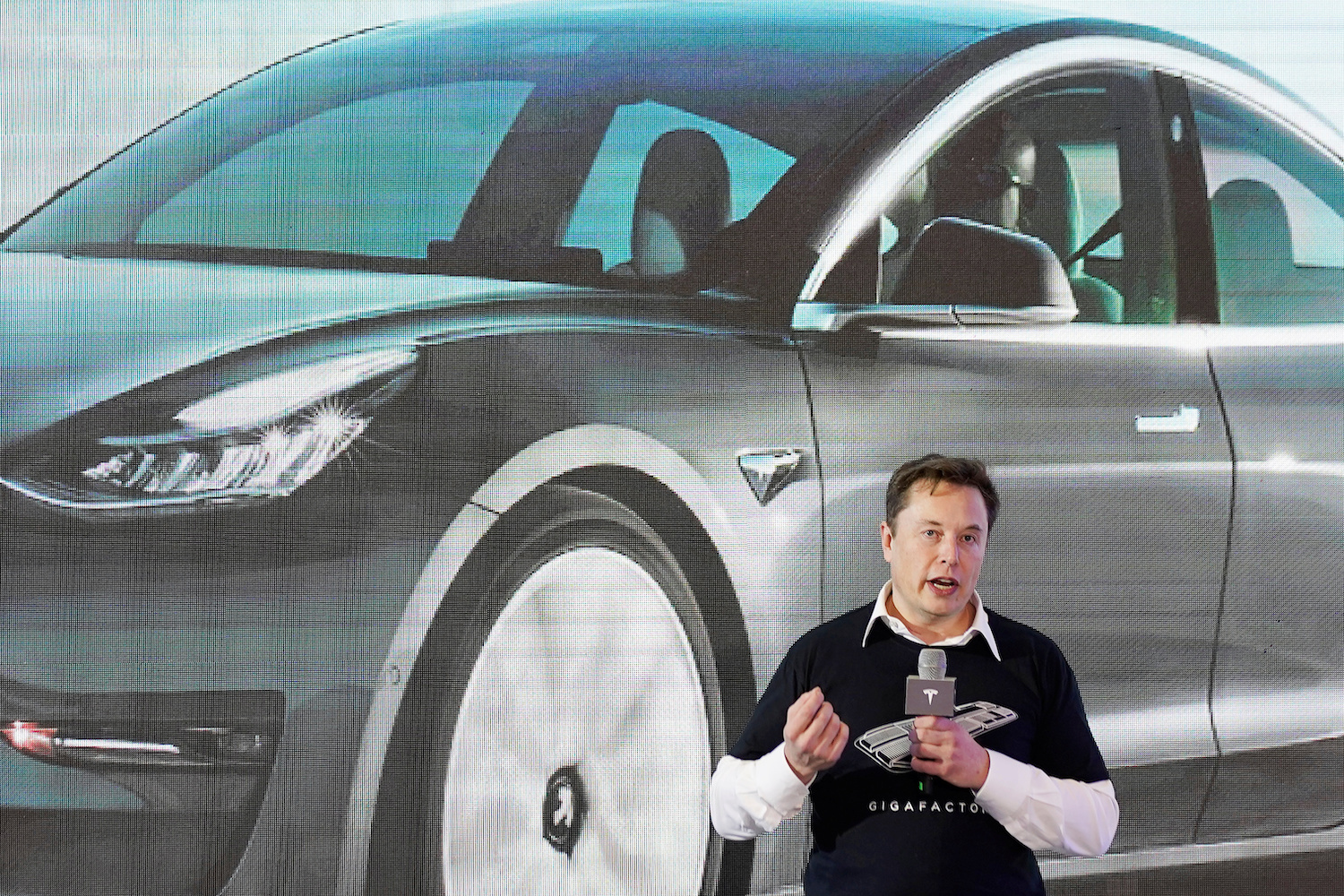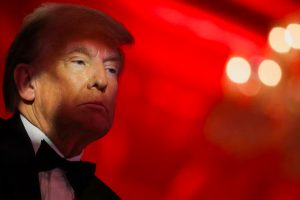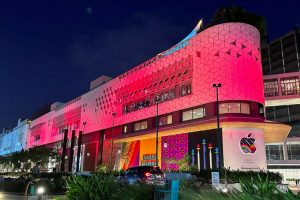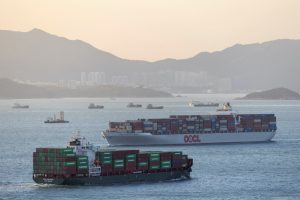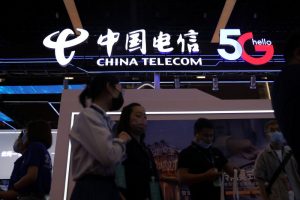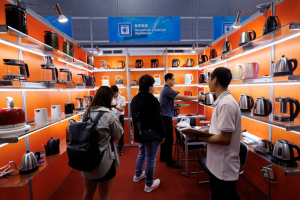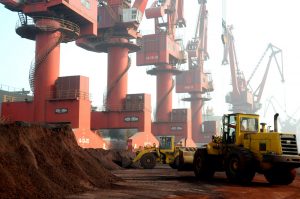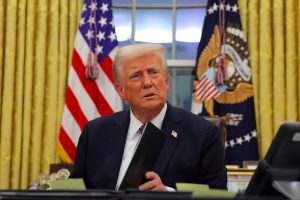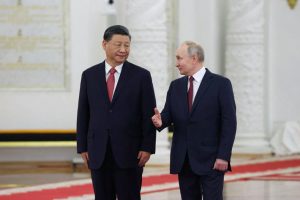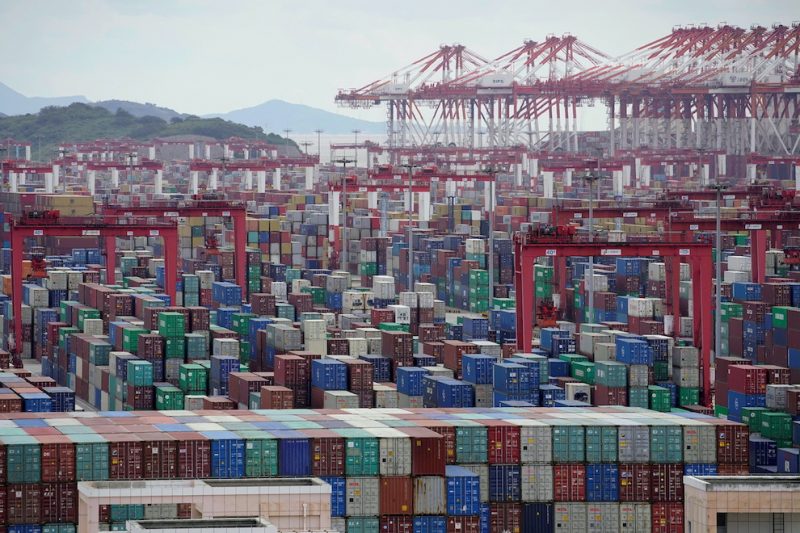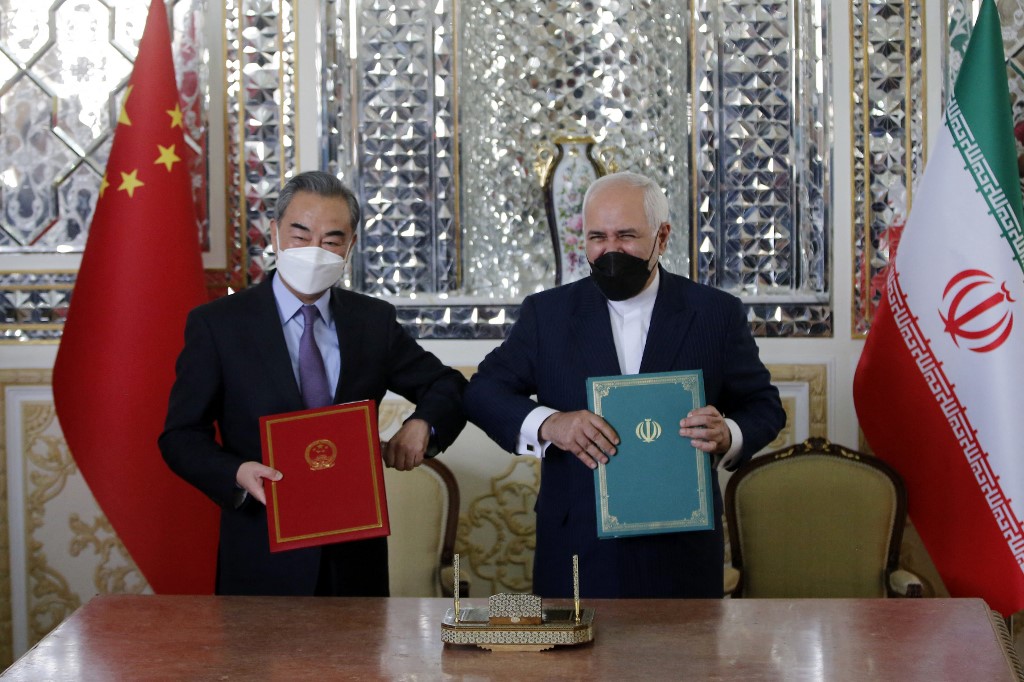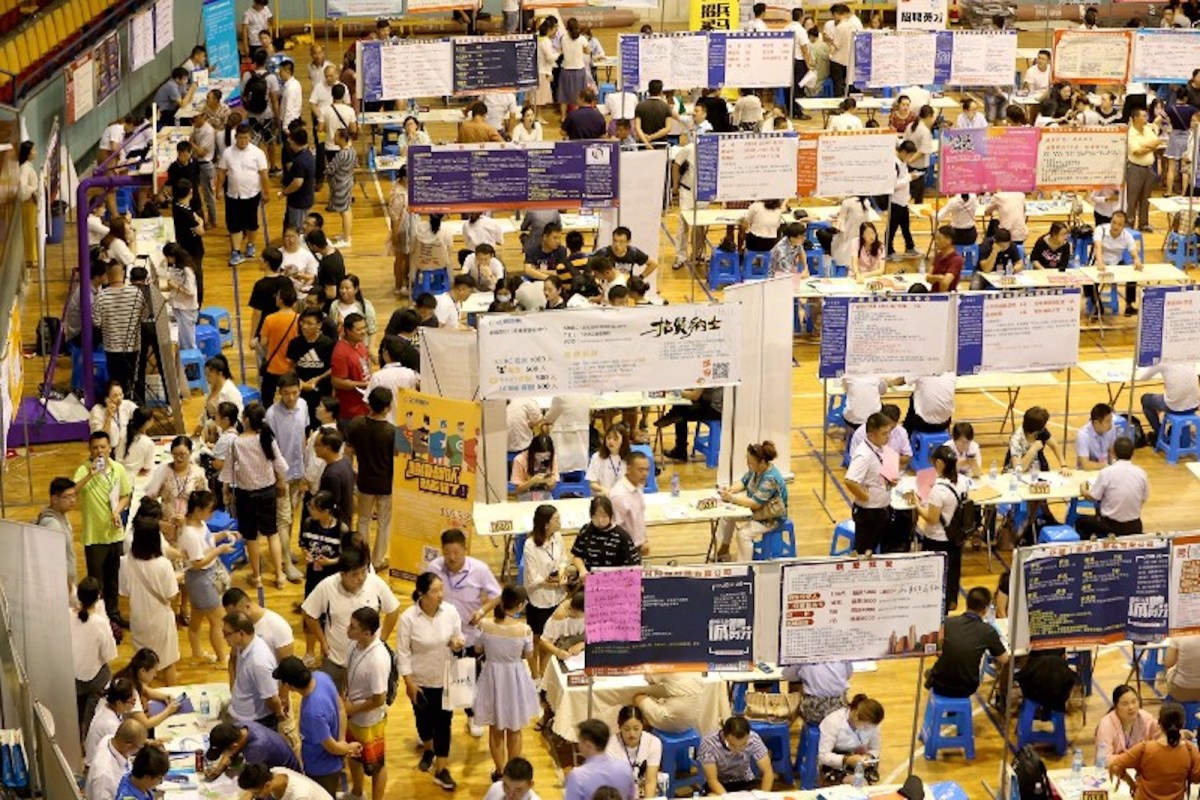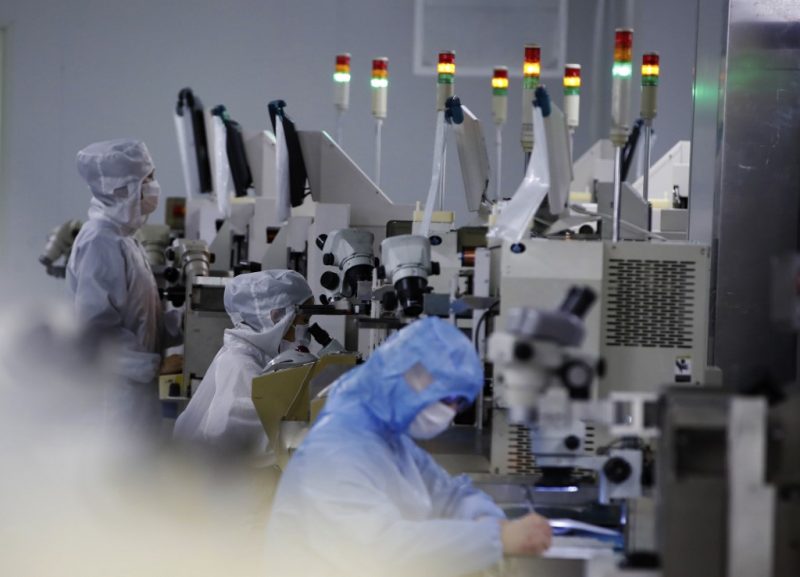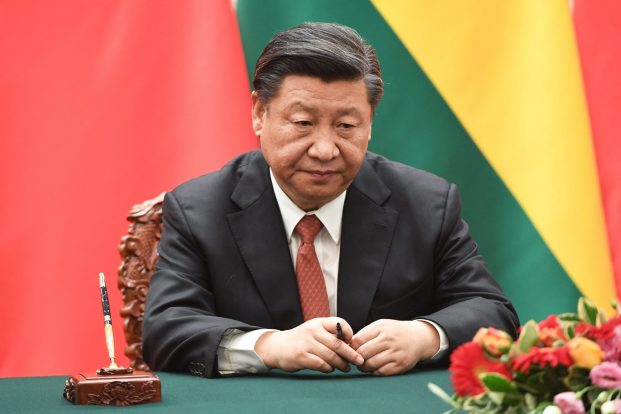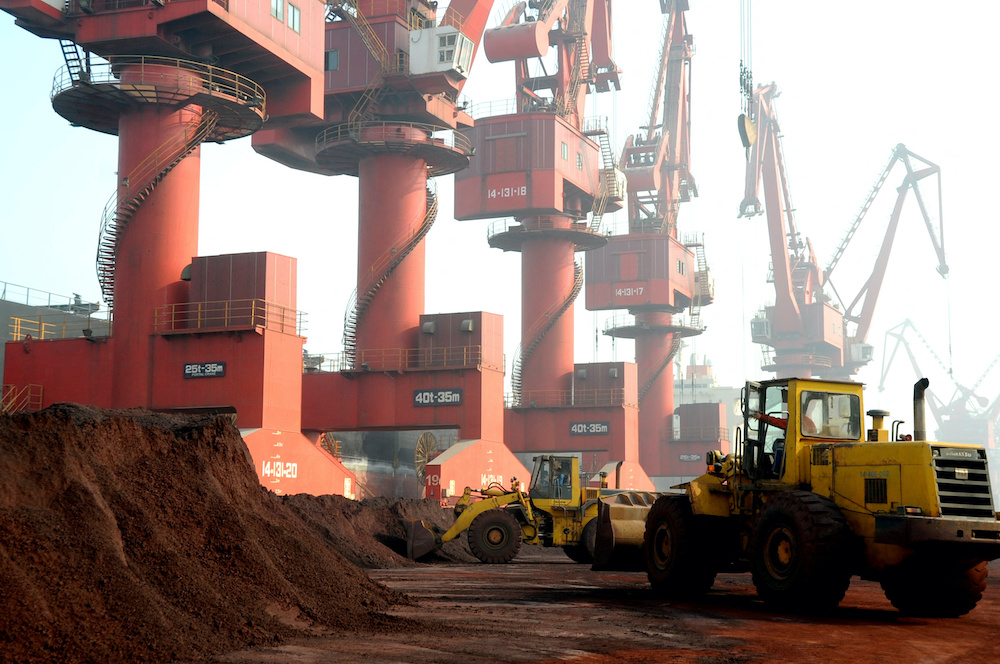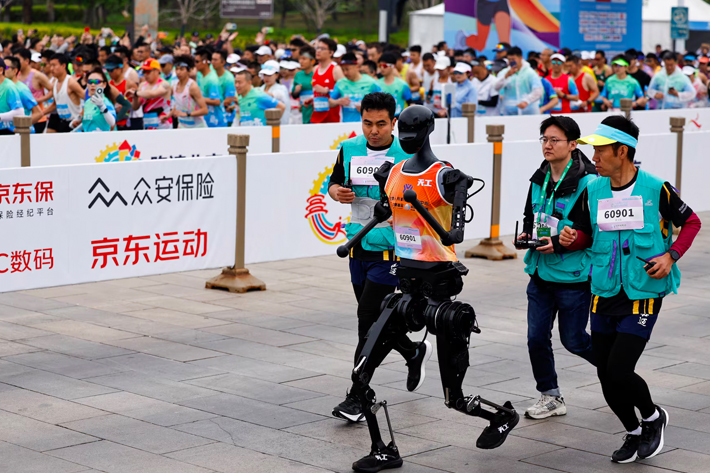CEO Elon Musk outlined Tesla Inc’s plans to cut electric vehicle battery design and manufacturing costs so radically that a $25,000 car that drives itself will be possible, but the automaker’s shares tumbled as Musk forecast the change could take three years or more.
All told, Tesla’s market capitalisation plunged $50 billion from its Monday close, as investors wiped out $20 billion of that in just two hours after trading closed Tuesday.
Musk acknowledged that Tesla does not have its ambitious new vehicle and battery designs and manufacturing processes fully complete. Tesla has frequently missed production targets.
Tesla expects to eventually be able to build as many as 20 million electric vehicles a year. This year, the entire auto industry expects to deliver 80 million cars globally.
Tesla shares, which closed Tuesday down 5.6%, fell another 7% in after-hours trade.
Building an affordable electric car “has always been our dream from the beginning of the company,” Musk told an online audience of more than 270,000.
At the opening of the event, Musk walked on stage in a black t-shirt and jeans as about 240 shareholders – each sitting in a Tesla Model 3 in the company parking lot – honked their car horns in approval.
“We do not have an affordable car. That’s something we will have in the future. But we’ve got to get the cost of batteries down,” Musk said.
More powerful batteries
To help drive down vehicle cost, Musk described a new generation of batteries that will be more powerful, longer lasting and half as expensive than the company’s current cells at Tesla’s “Battery Day” on Tuesday.
Tesla’s new larger cylindrical cells will provide five times more energy, six times more power and 16% greater driving range, Musk said, adding that full production is about three years away.
To help reduce cost, Musk said Tesla planned to recycle battery cells at its Nevada “gigafactory,” while reducing cobalt – one of the most expensive battery materials – to virtually zero. It also plans to manufacture its own battery cells at several highly automated factories around the world.
Tesla will produce the new battery cells initially on a new assembly line near its vehicle plant in Fremont, California, with planned output reaching 10 gigawatt-hours a year by the end of 2021. Tesla and partner Panasonic Corp now have production capacity of around 35 gWh at the Nevada battery “gigafactory.”
Tesla aims to rapidly ramp up battery production over the next years, to 3 terawatt-hours a year, or 3,000 gigawatt-hours – roughly 85 times greater than the capacity of the Nevada plant. Musk said Tesla could supply batteries to other companies.
The automaker plans to produce the new cells via a highly automated, continuous-motion assembly process, according to Drew Baglino, Tesla senior vice president of powertrain and energy engineering.
As automakers shift from horsepower to kilowatts to comply with stricter environmental regulations, investors are looking for evidence that Tesla can increase its lead in electrification technology over legacy automakers who generate most of their sales and profits from combustion-engine vehicles.
Battery cost is 25-33% of electric cars
While average electric vehicle prices have decreased in recent years thanks to changes in battery composition, they are still more expensive than conventional cars, with the battery estimated to make up a quarter to a third of an electric vehicle’s cost.
Some researchers estimate that price parity, or the point at which electric vehicles are equal in value to internal combustion cars, is reached when battery packs cost $100 per kilowatt hour (kWh).
Tesla’s battery packs cost $156 per kWh in 2019, according to electric vehicle consulting firm Cairn Energy Research Advisors, which would put the cost of a 90-kWh pack at around $14,000.
Tesla currently produces batteries in partnership with Japan’s Panasonic at its $5 billion Nevada factory, while South Korea’s LG Chem and China’s CATL supply cells to its Shanghai factory.
(Reporting by Tina Bellon in New York, Akanksha Rana in Bengaluru, Noel Randewich in San Francisco and Paul Lienert in Detroit; Editing by Lisa Shumaker)




